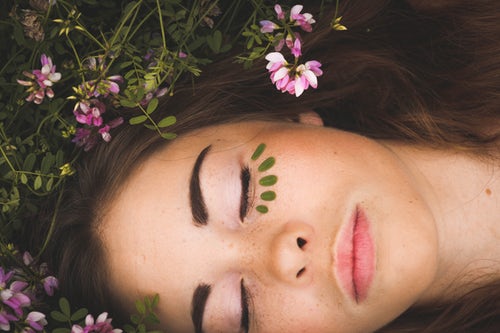
Clinical, Cosmetic and Investigational Dermatology 2015:8 57–65
Adele Sparavigna, Beatrice Tenconi, Ileana De Ponti
Background: Age-related changes in the dermis can be considered the result of intrinsic factors and the consequence of environmental damage, mainly due to ultraviolet (UV) radiation from the sun (responsible for skin photoaging). The great versatility of the mesotherapy “biorevitalization” lies in the synergy between different biological effects of the active injected substances, which treats the skin in a more complete way. Several studies about biorevitalization efficacy showed good results. To date, however, objective results supported by instrumental evaluation are very sparse.
Purpose: This study evaluated the efficacy of an injectable solution (32 mg of hyaluronic acid plus an antiaging antioxidant complex consisting of vitamins, minerals, and amino acids) in the treatment of skin aging and photoaging.
Methods: A total of 64 female volunteers (37–60 years) underwent four sessions of biorevitalization at 3-week intervals, involving multiple injections in the face (external corner of the eye and cheek), neck, décolletage, and back of the hands. The esthetic result was assessed at baseline and after 6, 9, and 12 weeks, and was established through the use of clinical and instrumental evaluations, supported by photographic documentation. Additionally, a phototest was performed to assess the effect of biorevitalization treatment on UVB-induced erythema.
Results: Instrumental assessment showed, as early as after the second biorevitalizing treatment, the antiaging efficacy of the tested product; there was a clinical and statistically significant improvement of profilometric parameters, skin brightness, pigmentation, and deep skin hydration. The study product induced a statistically significant decrease of the visual score of the UVB-induced erythema compared with baseline, which was statistically different from placebo.
Conclusion: The study confirmed the well-known efficacy of biorevitalization in skin rejuvenation. The positive difference between deep and superficial skin hydration registered at the end of the trial suggested improved skin moisture retention of the stratum corneum. Furthermore, the obtained results suggest that the injected product could intervene at different moments of the skin pigmentation process by activating an intrinsic photoprotective mechanism and improving skin pigmentation quality. It may be that these processes employ common mechanisms in which antioxidants could play a pivotal role. This last hypothesis deserves further investigation


